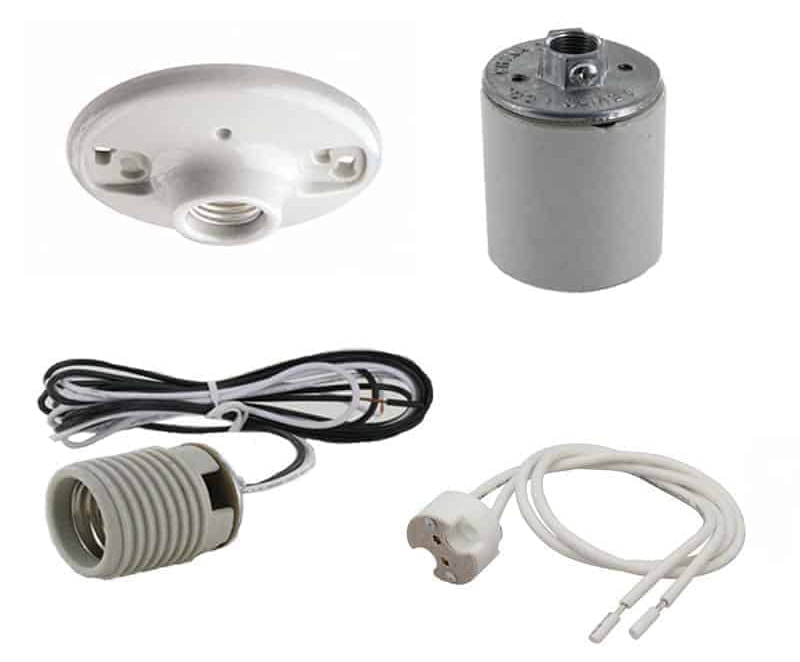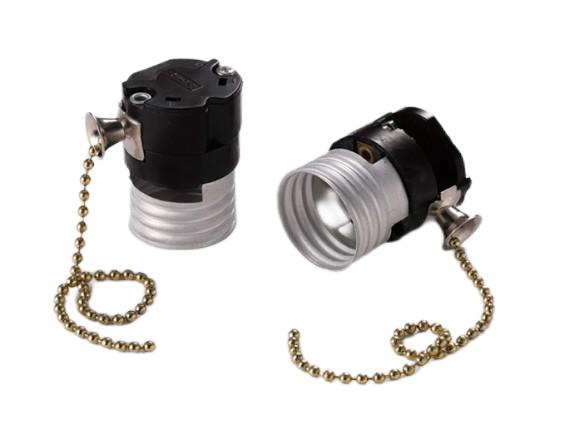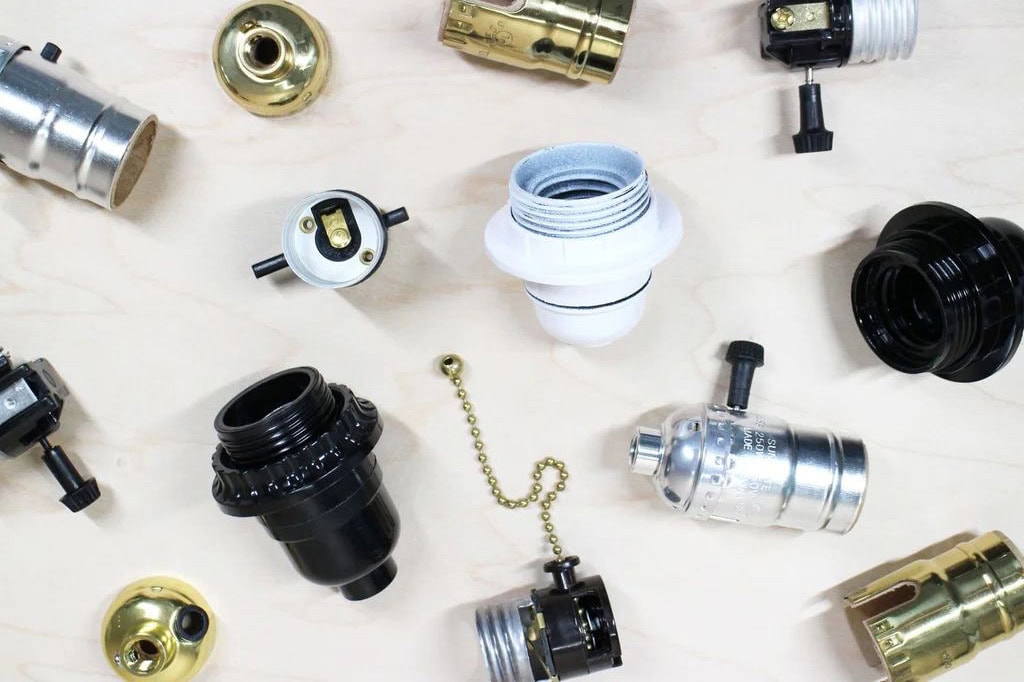One question I often hear is, “Can you use a dimmable light bulb in a regular socket?” People ask this question because they’re worried that using a dimmable bulb might cause it to malfunction or damage the fixture. The good news is dimmable bulbs are designed to be flexible, and knowing how they work can help you decide whether to use them in a regular light socket.
Yes, you can use a dimmable light bulb in a regular socket, but it will work at full brightness without a dimmer switch.
We’ll cover how dimmable light bulbs work, how they do in regular sockets, and what you need to think about before using them.

How Do Dimmable Light Bulbs Work?
Dimmable light bulbs are equipped with special circuitry that allows them to adjust their brightness based on the voltage supplied by a dimmer switch. When a dimmer lowers the voltage, the bulb’s internal components reduce the light output, allowing you to control the brightness to suit your needs. This makes dimmable bulbs ideal for creating different lighting moods or conserving energy by lowering the light level.
In contrast, regular light bulbs do not have this dimming capability and can only operate at full brightness when connected to a power source. The key difference is that dimmable bulbs are built to handle variations in voltage, while regular bulbs are not. However, if you place a dimmable bulb in a socket that is not connected to a dimmer, it will function just like a regular bulb, at its maximum brightness.
Using Dimmable Bulbs in Regular Sockets
The good news is that you can safely use a dimmable light bulb in a standard socket. The socket itself does not control the bulb’s dimming function; that job is performed by the dimmer switch. If you screw a dimmable bulb into a regular socket, it will simply operate at full brightness, just like a non-dimmable bulb. This won’t cause any harm to the bulb or the fixture, and the bulb’s dimmable function will remain dormant unless a dimmer switch is installed later.
This means that even if you don’t have a dimmer switch installed yet, you can still use dimmable bulbs throughout your home and upgrade to dimmer switches whenever you’re ready. Dimmable bulbs are designed to work perfectly well in both dimmable and non-dimmable setups.

Advantages of Using Dimmable Bulbs in Regular Sockets
One of the main advantages of using dimmable bulbs in regular sockets is that it offers flexibility for future lighting upgrades. Even if you’re not using a dimmer switch now, installing dimmable bulbs means you can easily add dimmers in the future without having to replace the bulbs. This can be especially useful if you want to create different lighting effects or adjust the brightness to suit your mood or energy-saving goals.
Additionally, dimmable bulbs are often built with higher-quality components compared to non-dimmable bulbs. This is because they need to handle a range of voltage levels without compromising their lifespan. Even when used at full brightness in a regular socket, dimmable bulbs tend to last longer and provide more consistent lighting performance than standard non-dimmable bulbs.
Potential Drawbacks and Considerations
While dimmable bulbs work well in regular sockets, there are a few potential drawbacks to consider. For one, dimmable bulbs tend to be more expensive than non-dimmable ones. If you don’t plan to install a dimmer switch in the future, you might be paying extra for a feature you don’t intend to use. It’s important to weigh this cost against the long-term benefits of having the flexibility to upgrade to dimmable lighting in the future.
Another consideration is compatibility. While most modern dimmable bulbs work well in regular sockets, some older lighting fixtures may not be fully compatible with dimmable LED bulbs, which could result in flickering or buzzing. If you plan to install dimmers later on, you’ll need to ensure that the dimmer switch is compatible with the type of dimmable bulb you’re using—whether LED, halogen, or incandescent. Incompatible dimmers can cause issues like flickering or buzzing when trying to adjust the brightness.

Best Practices for Using Dimmable Bulbs
To get the most out of your dimmable bulbs, it’s best to install them in sockets connected to compatible dimmer switches. This will allow you to fully utilize the bulb’s dimming capabilities, adjusting the brightness to your preference and saving energy when lower light levels are needed. When shopping for dimmable bulbs, always check the compatibility of the bulb with the dimmer switch, especially if you’re using modern LED dimmable bulbs with older dimmers.
If you’re planning to upgrade to a dimmable lighting system, ensure that the dimmer switch is rated for the specific type of dimmable bulb you’re using. For example, many older dimmer switches are not designed to work with LED bulbs and may cause performance issues. Using a dimmer specifically designed for LED bulbs can help prevent these problems and ensure smooth operation.

Final Words:
You can use a dimmable light bulb in a regular socket, and it will work fine, just not dimmed, unless you connect it to a dimmer switch. Dimmable bulbs give you flexibility and last a long time, so they’re a good choice even if you don’t plan to dim your lights right now. Think about any compatibility issues and the cost, and you’ll be able to make the right choice for your lighting needs.













